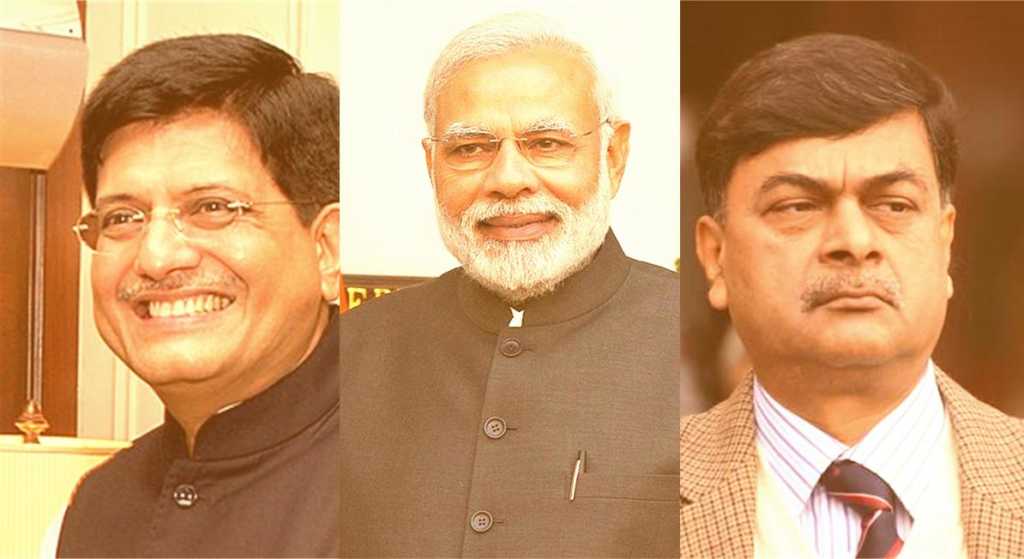In a major achievement for the Modi government, the process of electrifying every village has been completed. The deadline for achieving this was 1st May 2018. However, the government has been able to achieve the target before the deadline date. The last village to be brought on the national grid was Leisang village in the Senapati district of Manipur. With electricity reaching all the census villages across India before the due date, the Deen Dayal Upadhyaya Gram Jyoti Yojana (DDUGJY) has turned out to be a path-breaking success. Prime minister Modi had promised in his 2015 Independence Day speech to electrify all un-electrified villages within 1000 days.
With this, prime minister Modi has replicated the Gujarat model at a national level. In his tenure as the Gujarat chief minister, the state had witnessed an unbelievable turnaround. Peak power deficit in Gujarat had reached a worrisome 25 per cent in 2004. However, under Modi’s leadership, things changed quickly. By 2013, power deficit became a thing of the past. Gujarat actually became a power surplus state producing more electricity than needed. The state now meets the entire demand even when the demand shoots up to peak levels. The state has not only provided universal electrification but also boasts of uninterrupted 24×7 power supply. This explains the unprecedented rally in electricity stocks after the BJP stormed to power in the 2014 general elections.
The turnaround at the national level under prime minister Modi’s leadership that began with former power minister Piyush Goyal’s unparalleled efficiency and the unwavering enthusiasm of the current power minister RK Singh has been one of its kind. These 3 wise men moved India towards the light. Quite literally!
At the onset of the Rs. 75,000 crore Deen Dayal Upadhyaya Gram Jyoti Yojana (DDUGJY), there were a total of 18,452 un-electrified villages in India. Moreover, during execution, a bottleneck emerged when it came to light that an additional 1275 villages were also living in darkness. The government took on the mantle of providing electricity to all these villages within merely 1,000 days. True to its word, the target was achieved without any delays. The scheme was executed by state run rural electrification corporation (REC) which was appointed as the nodal agency. All the target villages have been electrified either by the national grid or by off grid solutions.
The government has done all the hardwork, and now it is going to yield returns for the country. The biggest boost will be the surge in per capita power consumption which currently stands at 1,200 kWh, one of the lowest in the world. Other economic benefits will include connecting far-flung areas with the mainstream and better agricultural productivity with the help of mechanisation. The government is set to target individual households now, and provide electricity connections to more than 4 crore families, both urban and rural, by March 2019. It will for all practical purposes help India in achieving the dream of universal power access.
It is commendable how the government has achieved the unthinkable. Several villages were languishing in darkness when the Modi government came to the helm of affairs. However, it has come to the rescue of such villages and has ensured that no one is made to live in darkness. The government has set a new milestone by achieving the target before the deadline. This is not only about achieving universal electrification but also about a shift in work culture. It must be borne in mind that in the same country, the previous governments had developed the attitude of acceptable delays in all projects, whether minor or major. This achievement suggests the emergence of a new era free of leniency and delays.
